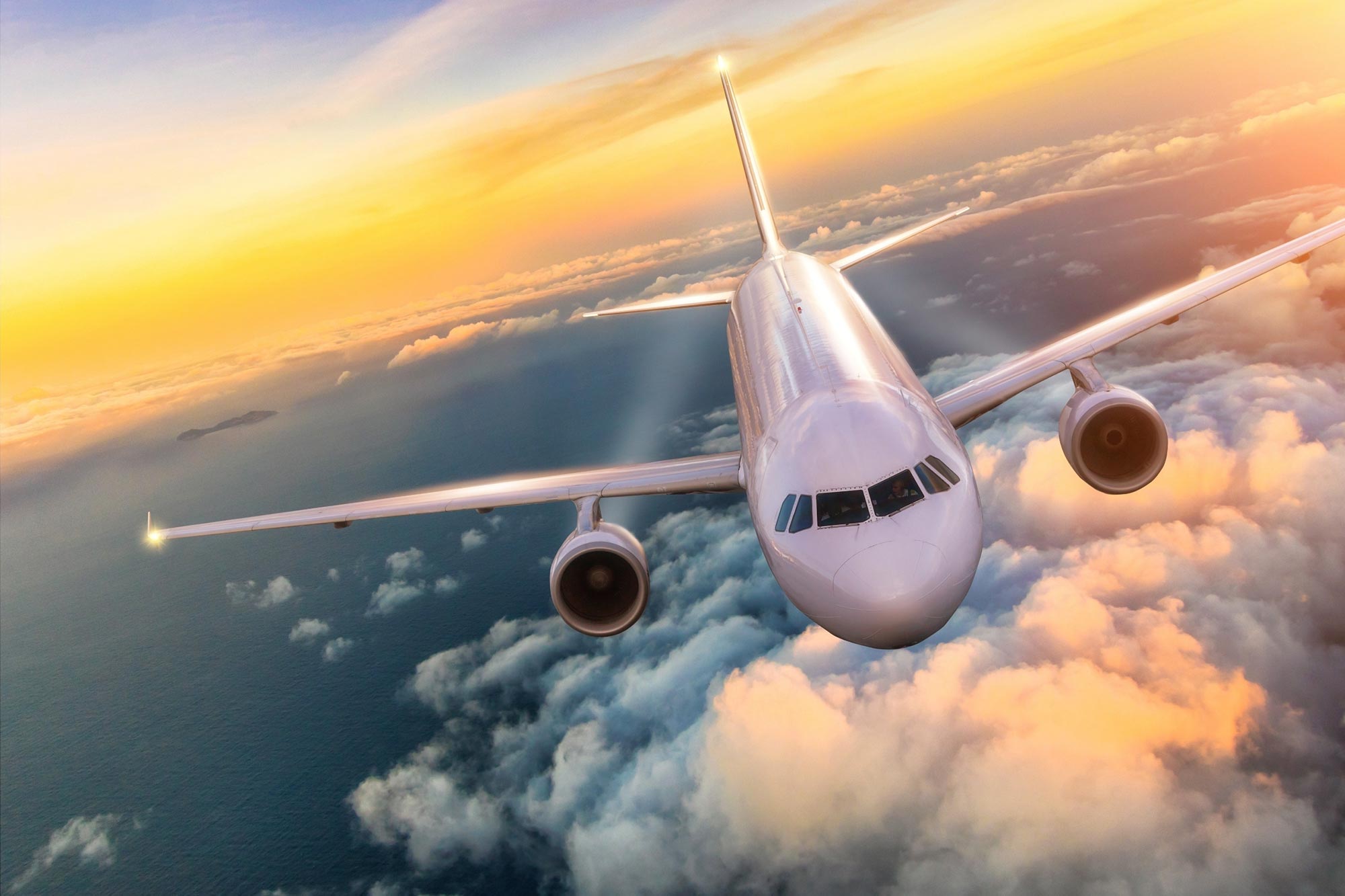博文
飞向未来:剑桥大学规划了航空零排放之路
 精选
精选
||
飞向未来:剑桥大学规划了航空零排放之路
诸平
据英国剑桥大学(University of Cambridge)2024年9月22日提供的消息,飞向未来:剑桥大学规划了航空零排放之路(Flying Into the Future: Cambridge Charts Path to Zero Emissions in Aviation)。
剑桥大学为航空业到2050年实现净零排放制定了五年战略路线图(strategic five-year roadmap),重点是创新技术和系统性政策改革。关键举措包括避免尾迹、提高效率和可持续燃料开发,这些都得到了行业领袖和学术领袖的支持。剑桥大学2024年9月22日发布了一份开创性的报告,概述了帮助航空业到2050年实现净零气候影响的五年路线图。
尽管各国政府和航空业都做出了雄心勃勃的承诺,但航空业在2050年实现净零排放的目标上仍有很大差距。这份题为《五年规划航空新未来》(“Five Years to Chart a New Future for Aviation,”)的报告,概述了四项2030年可持续航空目标(2030 Sustainable Aviation Goals),如果航空业要走上到2050年实现净零排放的轨道,就必须立即启动并在五年内完成这些具体、可操作的步骤。
报告中概述的2030年目标是:
加快全球航迹避免系统(global contrail avoidance system)的部署,这可以将航空对气候的影响减少40%。这将涉及在整个空域范围内立即创建实验,以便在真实环境中学习。
实施新一波政策,旨在释放现有航空业全系统的效率提升。这有可能通过利用单个公司无法解决的效率提高,到2050年将燃料消耗减少一半。
改革可持续航空燃料(Sustainable Aviation Fuel简称SAF)政策,在推动可再生电力生产的同时,考虑到所有部门的全球生物质限制。这将为市场提供迅速扩大SAF生产并确保其可持续性所需的信心。
启动几个“登月”技术(moonshot technology)演示项目,旨在快速评估变革性技术的可行性和可扩展性,并提前部署时间表。
实现净零航空的战略(Strategies for Achieving Net-Zero Aviation)
报告强调,如果立即采取这些行动,并在五年内完成,航空业就可以走上到2050年实现净零排放的轨道。
该报告是由航空冲击加速器(Aviation Impact Accelerator简称AIA)开发的,该项目由剑桥大学牵头,由剑桥大学惠特尔实验室(University’s Whittle Laboratory)和剑桥可持续发展领导研究所(Cambridge Institute for Sustainability Leadership简称CISL)主办。作为纽约气候周(New York Climate Week)的一部分,该报告将在可持续市场倡议(Sustainable Markets Initiative)组织主办的活动上提交给行业领袖。
合作努力和未来方向(Collaborative Efforts and Future Directions)
惠特尔实验室是世界领先的专门研究飞行和能源的研究中心。与世界领先产业合作,开发低排放和零排放技术。剑桥可持续发展领导研究所(CISL)是一家全球领先的机构,支持企业和政府走向可持续经济。
惠特尔实验室主任罗布·米勒教授(Professor Rob Miller)说:“航空业正处于关键时刻,就像2000年代末的汽车行业一样。当时,人们讨论的焦点是用生物燃料来替代汽油和柴油,直到特斯拉(Tesla)用电动汽车彻底改变了未来。我们的五年计划旨在加速航空业的这一决策点,使其走上到2050年实现净零排放的道路”
剑桥大学可持续发展领导研究所执行主任艾略特·惠廷顿(Eliot Whittington)说:“关于如何实现可持续航空发展的讨论经常陷入对当前行业努力的过于乐观的思考和对该行业环境危害的悲观分类之间。航空冲击加速器建模(Aviation Impact Accelerator modeling)利用现有的最佳证据表明,如果我们要大规模实现净零飞行,还需要克服重大挑战,但这是可能的。随着政府和企业的关注和雄心的逐步改变,我们可以解决障碍,开启可持续飞行,并在此过程中建立新的产业,支持更广泛的经济变革。”
上述介绍,仅供参考。欲了解更多信息,敬请注意浏览原文或者相关报道。
The aviation sector is at a pivotal moment in its history. Currently, only about 10% of the global population flies[1] , a figure expected to grow as incomes rise. Yet, aviation already accounts for around 2.5% of global CO2 emissions, and when non- CO2 effects are included, its contribution to climate warming increases to approximately 4%. Despite ambitious pledges from governments and industry to achieve a net-zero aviation sector by 2050, the sector remains dangerously off track. Without swift and decisive action, we risk missing the opportunity to reach net-zero emissions by 2050 and delaying the crucial technological and business transformations needed.
While global leaders have endorsed a vision of net-zero carbon emissions for the aviation sector, current efforts fall short in both scope and speed. In some cases, proposed solutions could exacerbate the crisis, such as relying too heavily on biomass for jet fuel without managing its environmental impact. It is also crucial to address aviation’s broader climate effects, including the formation of persistent contrails. The stakes have never been higher: urgent action is needed to shift the sector onto a sustainable path.
This report outlines an ambitious five-year plan to chart that course. It establishes four pivotal 2030 Sustainable Aviation Goals, each targeting key leverage points with the sector. If these goals are not implemented immediately and achieved by 2030, the opportunity for transformation will slip away, leaving the world to face the escalating climate impacts of a rapidly growing aviation sector, which is projected to at least double by 2050.
https://blog.sciencenet.cn/blog-212210-1452345.html
上一篇:哥伦比亚大学研究表明接触金属会增加患心脏病的风险
下一篇:重写癌症蓝图:新研究挑战旧理论

